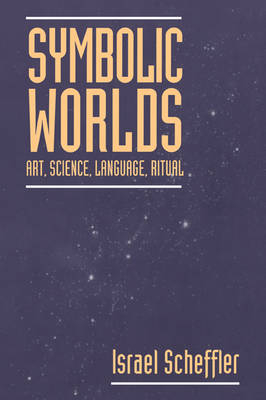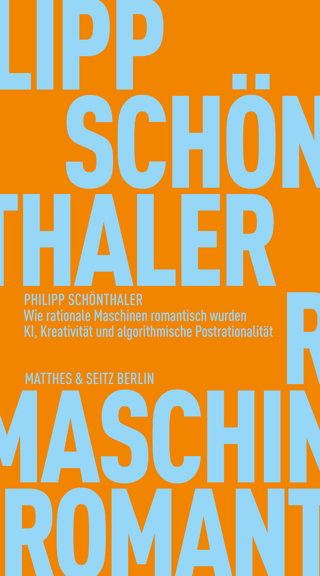
Symbolic Worlds
Art, Science, Language, Ritual
Seiten
2008
Cambridge University Press (Verlag)
978-0-521-05230-6 (ISBN)
Cambridge University Press (Verlag)
978-0-521-05230-6 (ISBN)
In this important and broad-ranging book, Israel Scheffler explores the various ways in which the mind functions symbolically. The book offers an integrated treatment of ambiguity and metaphor, analyses of play and ritual, and an extended discussion of the relations between scientific symbol systems and reality.
Symbolism is a primary characteristic of the mind, deployed and displayed in every aspect of our thought and culture. In this important and broad-ranging book, Israel Scheffler explores the various ways in which the mind functions symbolically. This involves considering not only the world of science and the arts, but also such activities as religious ritual and child's play. The book offers an integrated treatment of ambiguity and metaphor, analyses of play and ritual, and an extended discussion of the relations between scientific symbol systems and reality. What emerges is a picture of the basic symbol-forming character of the mind. In addition to philosophers of art and science, likely readers of this book will include students of linguistics, semiotics, anthropology, religion, and psychology.
Symbolism is a primary characteristic of the mind, deployed and displayed in every aspect of our thought and culture. In this important and broad-ranging book, Israel Scheffler explores the various ways in which the mind functions symbolically. This involves considering not only the world of science and the arts, but also such activities as religious ritual and child's play. The book offers an integrated treatment of ambiguity and metaphor, analyses of play and ritual, and an extended discussion of the relations between scientific symbol systems and reality. What emerges is a picture of the basic symbol-forming character of the mind. In addition to philosophers of art and science, likely readers of this book will include students of linguistics, semiotics, anthropology, religion, and psychology.
Acknowledgements; Part I. Symbol and Reference: 1. Introduction and background; 2. Denotation and mention-selection; Part II. Symbol and Ambiguity: 3. Ambiguity in language; 4. Ambiguity in pictures; Part III. Symbol and Metaphor: 5. Ten myths of metaphor; 6. Metaphor and context; 7. Mainsprings of metaphor with Catherine Z. Elgin; Part IV. Symbol, Play and Art: 8. Reference and play; 9. Art, science, religion; Part V. Symbol and Ritual: 10. Symbol and ritual; 11. Ritual change; Part VI. Symbol and Reality: 12. Science and the world; 13. Worlds and versions; 14. World-features and discourse-dependence; 15. Worries about worldmaking; Index.
| Erscheint lt. Verlag | 26.1.2008 |
|---|---|
| Zusatzinfo | Worked examples or Exercises |
| Verlagsort | Cambridge |
| Sprache | englisch |
| Maße | 153 x 229 mm |
| Gewicht | 330 g |
| Themenwelt | Geisteswissenschaften ► Philosophie ► Sprachphilosophie |
| ISBN-10 | 0-521-05230-0 / 0521052300 |
| ISBN-13 | 978-0-521-05230-6 / 9780521052306 |
| Zustand | Neuware |
| Haben Sie eine Frage zum Produkt? |
Mehr entdecken
aus dem Bereich
aus dem Bereich
Macht und Legitimität politischer Sprache im Prozess der europäischen …
Buch | Softcover (2023)
Nomos (Verlag)
CHF 103,60
KI, Kreativität und algorithmische Postrationalität
Buch | Softcover (2024)
Matthes & Seitz Berlin (Verlag)
CHF 23,90
Wie die Menschheit zu ihrer größten Erfindung kam
Buch | Softcover (2022)
C.H.Beck (Verlag)
CHF 25,20


